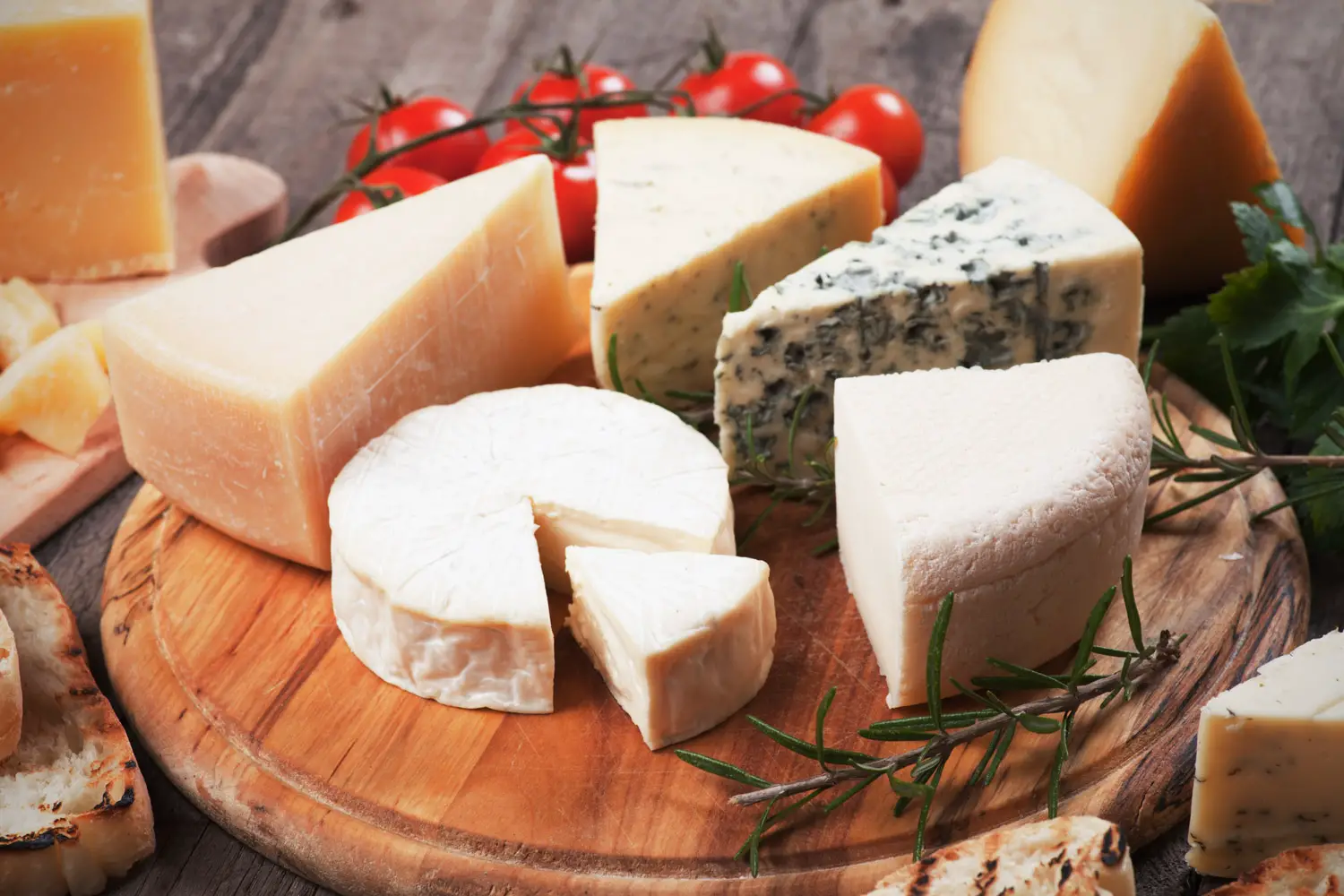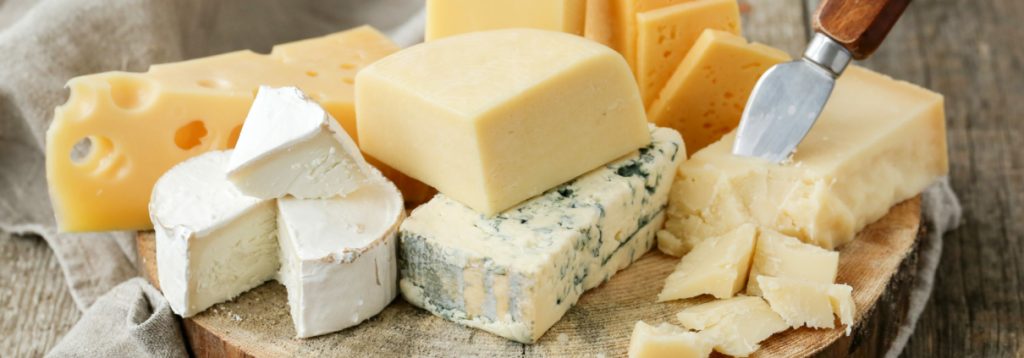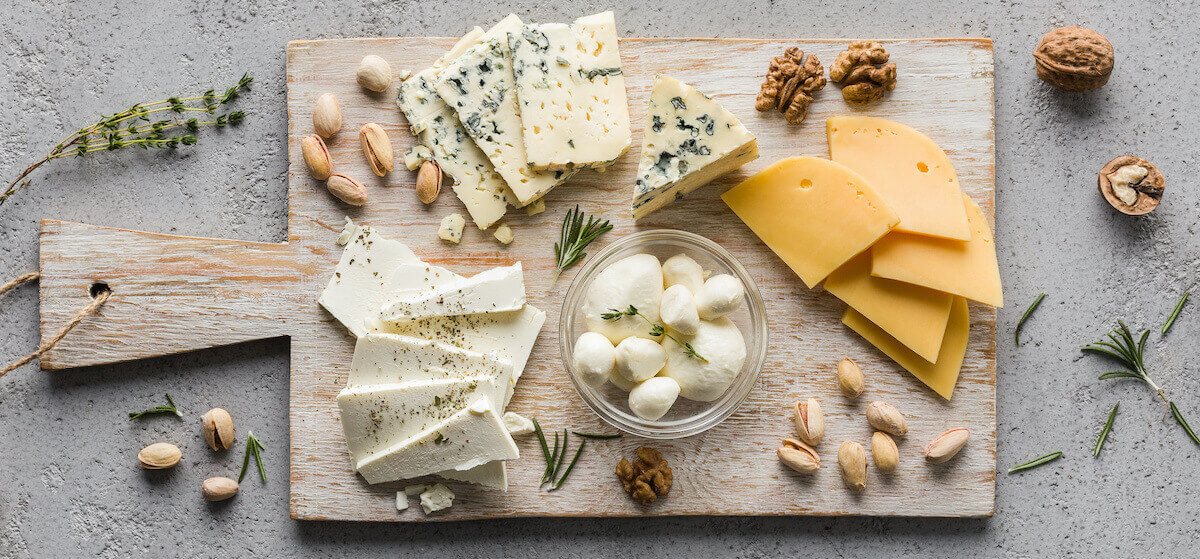Cheese is without a doubt what best represents the spirit of Italian cooking. Italy has a long history of producing a wide variety of cheeses with unique flavors, textures, and aromas. Italian cheeses are renowned around the world for their unmatched flavor and quality, from the sharp tang of aged Parmigiano-Reggiano to the creamy deliciousness of mozzarella. Come along on a culinary journey as we explore the intriguing world of Parmigiano.
The History of Italian Cheeses
Italy has a long history of producing cheese, with certain regions having distinctive customs and methods that have been handed down through the years. Every region of Italy adds to the rich tapestry of Parmigiano culture, from the sun-drenched hills of the south to the alpine pastures of the north.

Variety in Parmigiano
There is an incredible range of cheeses in Italy, from crumbly and hard to creamy and soft. Among the most well-known Italian cheeses are:
Mozzarella
Made from buffalo or cow’s milk, mozzarella is a soft, fresh cheese that is native to the southern regions of Campania and Puglia. It is a common component in recipes like Capers salad and Neapolitan pizza because of its delicate flavor and elastic texture.
Reggiano Parmigiano
Parmigiano-Reggiano, also called the “King of Cheeses,” is a granular, hard cheese that is made in the regions of Emilia-Romagna and Lombardy. It is aged for a minimum of 12 months and has a crystalline structure and a savory, nutty flavor that makes it ideal for grating over risotto or pasta.
Gorgonzola
Originating in the Piedmont and Lombardy areas, Gorgonzola is a blue cheese that has a tart taste and a rich, creamy texture. It’s perfect for spreading on crackers or melting into creamy sauces because of its unique blue veins and earthy scent.
Romano Pecorino
Hard, salty, and sharply sour, Pecorino Romano is a cheese made from sheep’s milk in the Lazio and Sardinia regions. It can be used in salads for a flavor boost or as a grated cheese in pasta dishes like chocolate and pepe.
Cheese Ricotta
Ricotta is a mellow, creamy cheese with a hint of sweetness that may be used in a variety of recipes. It is formed from whey left over from the creation of other cheeses. It is used in savory and sweet recipes, like cheesecake, cannoli, and lasagna.

The Craft of Making Cheese
Italy has a long-standing custom of manufacturing cheese by hand, which calls for expert workmanship and close attention to detail. Local artisans create cheeses with remarkable flavor and quality using traditional methods that have been passed down through the years. Every stage of the process, from milking the animals to ageing the cheese in cellars or caves, is meticulously planned to guarantee the ideal result.
Protected Designations of Origin and Geographical Indications
Geographical indications (PDO) and protected designations of origin (PDO) are two mechanisms that safeguard several Partigianos by attesting to their genuineness and provenance. The integrity and legacy of Parmigiano are protected by these designations, which guarantee that only cheeses made in particular areas and with traditional techniques are eligible to carry the coveted PDO or PGI label.
Italian Cheese Pairings with Wine and Food
Partigianos go very well with a wide range of wines, fruits, and sauces because of their extreme versatility. Every cheese lover’s palate may find the ideal pairing, from bold red wines like Chianti with older cheeses to crisp white wines like Pinot Giglio with fresh cheeses. Furthermore, Parmigiano enhances the flavor and richness of a wide range of foods, including salads, antipasti platters, pasta, and desserts.
Read more about: Cities in Italy: Exploring the Vibrant Urban Landscape
The Prospects for Parmigiano Production
The manufacturing of Parmigiano is still largely based on traditional techniques, but new developments and environmentally friendly technologies are reshaping the sector. Cheese producers are adopting new technology and efforts, including organic agricultural practices and eco-friendly packaging, to lessen their environmental impact and satisfy the increasing demand for premium Parmigiano.

Frequently Asked Questions About Parmigiano
Why are Italian cheeses special?
The wide variety of flavors, textures, and production techniques utilized in Italy’s various regions give Parmigiano its distinctive character.
Are cow’s milk-based ingredients in all Italian cheeses?
No, depending on the type of cheese, milk from cows, sheep, or buffaloes can be used to make Italian cheeses.
How should Italian cheeses be kept?
It’s important to store Parmigiano correctly to preserve its flavor and freshness. Hard cheeses like Parmigiano-Reggiano may be stored in a cold, dry place and covered with parchment paper to keep them from drying out, while soft cheeses like mozzarella should be kept in the refrigerator and eaten within a few days.
Can Italian cheeses be frozen?
Although some Parmigiano can be frozen, the flavor and texture may change. It is recommended to utilize hard cheeses, such as Parmigiano-Reggiano, within a few months after purchase and to eat fresh cheeses, such as mozzarella and ricotta, within a few days of purchase.
Where can I buy real cheeses from Italy?
Gourmet grocery stores, specialist cheese shops, and internet merchants that specialize in imported Italian goods are good places to find real Italian cheeses.
In summary
Italian cheeses are a symbol of Italy’s rich cultural legacy and commitment to craftsmanship, in addition to being a delectable food item. Partigianos are sure to satiate your senses and take you to the sun-drenched slopes and charming villages of Italy, whether they are eaten on their own or combined with savory dishes and desserts.








